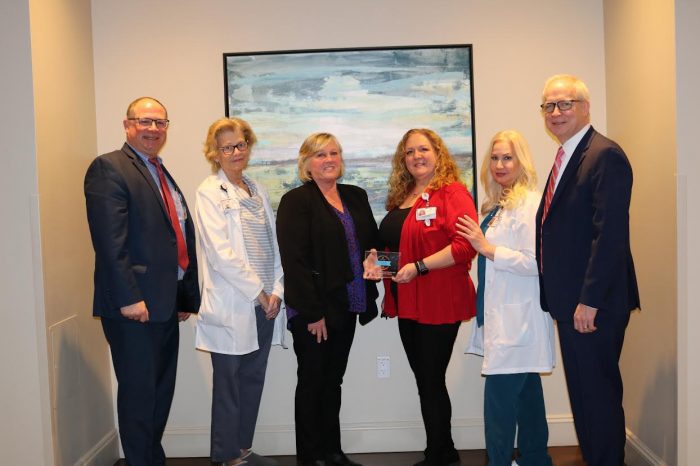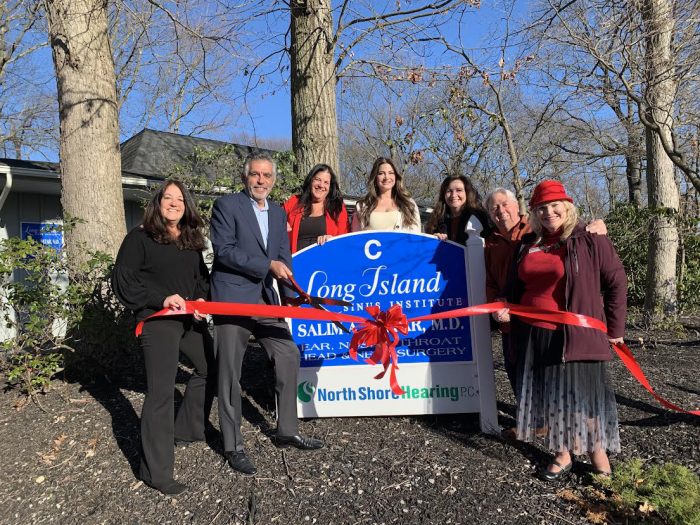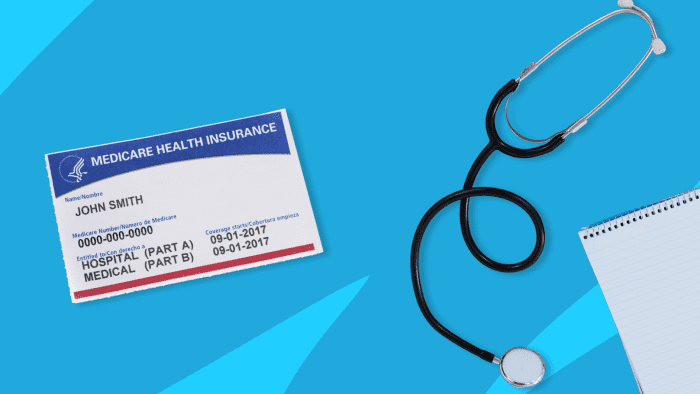Eating whole foods can improve your odds of victory
By David Dunaief, M.D.

We hear a lot about sodium and the importance of limiting your sodium intake. But what if you don’t have a health condition like hypertension? Should you still be concerned? The short answer is, “yes.” Most of us consume far too much sodium, as much at 3,400 mg per day, without even trying (1). Even if we don’t have hypertension, the impact of sodium on our health can be dramatic.
Sodium is everywhere, including in foods that don’t taste salty. Bread products are among the worst offenders. Other foods with substantial amounts of sodium include cold cuts and cured meats, cheeses, pizza, poultry, soups, pastas, sauces and, of course, snack foods. Processed foods and those prepared by restaurants are where much of our consumption occurs (2).
On the flip side, only about two percent of people get enough potassium from their diets (3). According to the National Institutes of Health, adequate intake of potassium is between 2600mg and 3400mg for adult women and men, respectively.
Why do we compare sodium and potassium intakes?
A high sodium-to-potassium ratio increases the risk of cardiovascular disease by 46 percent, according to a study that looked at more than 12,000 Americans over almost 15 years (4). In addition, both may have significant impacts on blood pressure and cardiovascular disease. To improve our overall health, we need to shift the sodium-to-potassium balance so that we consume more potassium and less sodium. And if you struggle with high blood pressure, this approach could help you win the battle.
Can sodium intake be too low?
Before we dive in too far, let’s address an “elephant in the room.” I’ve read several commentaries where experts warn that too-low sodium levels can be a problem. While this is true, it’s quite rare, unless you take medications or have a health condition that depletes sodium. We hide sodium everywhere, so even if you don’t use a salt shaker, you’re likely getting more sodium than the current guidelines.
Why lower your sodium consumption?
Two studies illustrate the benefits of reducing sodium in high blood pressure and normotensive (normal blood pressure) patients, ultimately preventing cardiovascular disease, including heart disease and stroke.
The first used the prestigious Cochrane review to demonstrate that blood pressure is reduced by a significant mean of −4.18 mm Hg systolic (top number) and −2.06 mm Hg diastolic (bottom number) involving both normotensive and hypertensive participants (5). When looking solely at hypertensive patients, the reduction was even greater, with a systolic blood pressure reduction of −5.39 mm Hg and a diastolic blood pressure reduction of −2.82 mm Hg.
This was a meta-analysis that evaluated data from 34 randomized clinical trials, totaling more than 3,200 participants. Salt reduction from 9-to-12 grams per day to 5-to-6 grams per day had a dramatic effect. The researchers believe that the more we reduce the salt intake, the greater the effect of reducing blood pressure. The authors recommend further reduction to 3 grams per day as a long-term target for the population and concluded that the effects on blood pressure will most likely result in a decrease in cardiovascular disease.
In the second study, a meta-analysis of 42 clinical trials, there was a similarly significant reduction in both systolic and diastolic blood pressures (6). This study included both adults and children. Both demographics saw a reduction in blood pressure, though the effect was greater in adults. Interestingly, an increase in sodium caused a 24 percent increased risk of stroke incidence but, more importantly, a 63 percent increased risk of stroke mortality. The risk of mortality from heart disease was increased alongside an increase in sodium, as well, by 32 percent.
Is potassium consumption important?
In a meta-analysis involving 32 studies, results showed that as the amount of potassium was increased, systolic blood pressure decreased significantly (7). When foods containing 3.5 to 4.7 grams of potassium were consumed, there was an impressive −7.16 mm Hg reduction in systolic blood pressure with high blood pressure patients. Anything more than this amount of potassium did not have any additional benefit. Increased potassium intake also reduced the risk of stroke by 24 percent. This effect was important.
The reduction in blood pressure was greater with increased potassium consumption than with sodium restriction, although this was not a head-to-head comparison. The good news is that potassium is easily attainable; it’s found in many whole foods and is richest in fruits, vegetables, beans and legumes.
The bottom line: decrease your sodium intake by almost half and increase potassium intake from foods. Lowering sodium intake may have far-reaching benefits, and it is certainly achievable. First, consume less and give yourself a brief period to adapt — it takes about six weeks to retrain your taste buds, once you cut your sodium. You can also improve your odds by increasing your dietary potassium intake, striking a better sodium-to-potassium balance.
References:
(1) Dietary Reference Intakes for Sodium and Potassium. Washington (DC): National Academies Press (US); 2019 Mar. (2) www.cdc.gov. (3) www.nih.gov. (4) Arch Intern Med. 2011;171(13):1183-1191. (5) BMJ. 2013 Apr 3;346:f1325. (6) BMJ. 2013 Apr 3;346:f1326. (7) BMJ. 2013; 346:f1378.
Dr. David Dunaief is a speaker, author and local lifestyle medicine physician focusing on the integration of medicine, nutrition, fitness and stress management. For further information, visit www.medicalcompassmd.com or consult your personal physician.
















